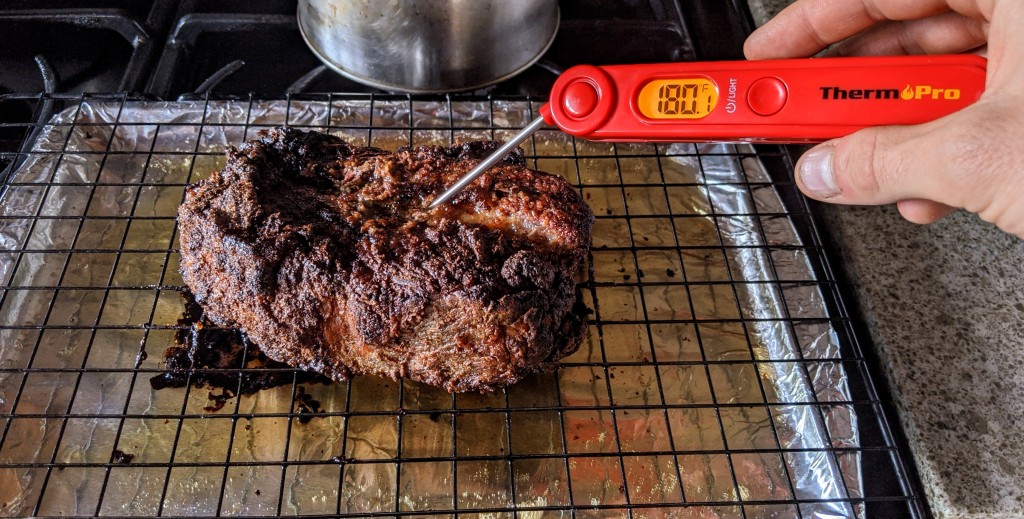How to Dry Out a Meat Thermometer Properly After Use
Written By James Morgan
For true barbecue enthusiasts, a meat thermometer is an indispensable tool. Ensuring your meat thermometer is well maintained is crucial for consistent results and the longevity of the instrument. Learning how to dry out a meat thermometer properly after each use is a key step in this maintenance process.
Improper drying can damage your thermometer, lead to inaccurate readings, and even cause food safety issues. In this guide, we'll cover essential tips and techniques to keep your meat thermometer in top shape.

Why Drying Your Meat Thermometer is Important
Water and moisture can be your meat thermometer's worst enemies. Failing to dry it correctly can cause:
- Corrosion: Metal components are susceptible to rust.
- Electrical Malfunctions: For digital thermometers, moisture can interfere with the electronics.
- Sanitation Issues: Bacteria can thrive in moist environments.

Step-by-Step Guide to Drying Out a Meat Thermometer
Step 1: Rinse Immediately After Use
After removing the thermometer from the meat, give it a quick rinse under hot water to remove any fat or food particles. This will make the drying process more effective.
Step 2: Use a Clean Cloth
Wipe the thermometer with a clean, dry cloth. Focus on removing any visible moisture. A microfiber cloth is ideal for this as it absorbs water well.
Step 3: Air Drying Techniques
Leave the thermometer out in a clean, dry area where air can circulate. Avoid placing it directly on surfaces that may still be wet or contaminated.
Step 4: Using a Desiccant
You can use desiccants to absorb excess moisture. Silica gel packets are excellent for this purpose. Simply store your thermometer with a couple of pouches to ensure it stays dry.

Common Mistakes to Avoid
When learning how to dry out a meat thermometer, avoid these common pitfalls:
- Skipping the Rinse Step: Always rinse before drying.
- Using a Damp Cloth: This negates the drying process.
- Storing in a Humid Environment: This can introduce moisture back into the thermometer.

Maintaining Accuracy Over Time
Regular checks and recalibration are essential to ensure your meat thermometer remains accurate over time. Check out our guide on calibrating a meat thermometer for detailed steps.
Advanced Techniques for Expert BBQ Enthusiasts
Invest in a Meat Thermometer Case
If you are serious about BBQ, then investing in a high-quality case can protect your thermometer from both physical damage and moisture.
Regular Inspections
Regularly inspect your thermometer for signs of rust, wear, or malfunction. Address any issues immediately to prolong the life of your tool.
Frequently Asked Questions
Can I Submerge My Meat Thermometer in Water?
Most meat thermometers are not designed to be submerged in water. Always refer to the manufacturer's instructions.
What Should I Do if My Thermometer Gets Wet?
If your thermometer gets wet, immediately dry it thoroughly using the steps outlined above.
How Often Should I Calibrate My Meat Thermometer?
Calibrate your meat thermometer every few months, or if you notice any inaccuracies in temperature readings.
For more tips and expert advice, you can also explore this comprehensive guide from University of Kentucky.
As an Amazon Associate, I earn from qualifying purchases.



